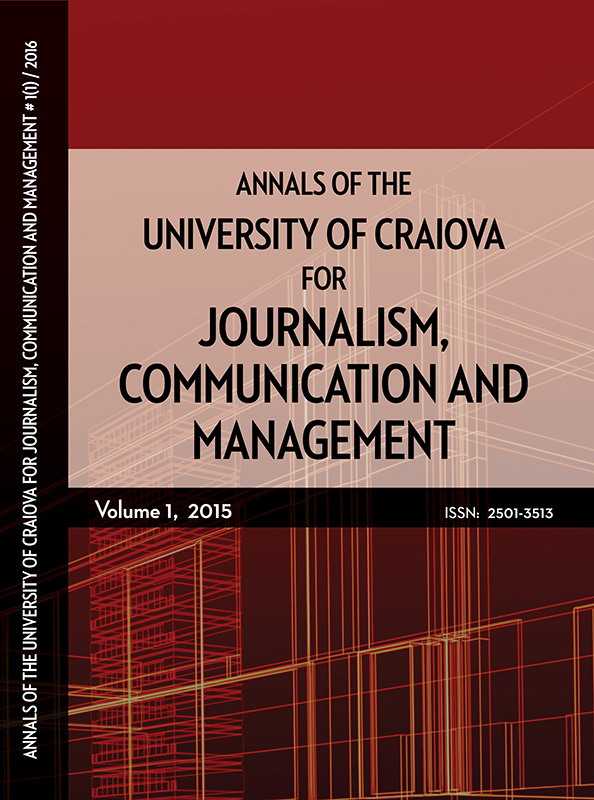FROM ONE-WAY MESSAGE TO DIALOGUE. THE IMPACT OF TRANSFORMATIONS IN MEDIA COMMUNICATION IN THE DIGITAL AGE
FROM ONE-WAY MESSAGE TO DIALOGUE. THE IMPACT OF TRANSFORMATIONS IN MEDIA COMMUNICATION IN THE DIGITAL AGE
Author(s): Georgiana Camelia StanescuSubject(s): Media studies, Theory of Communication
Published by: Editura Sitech
Keywords: classic television; social media; audience; unidirectional message; media content;
Summary/Abstract: Television in its classical form was a one-way mass medium, which meant that information was delivered from a single entity (television) to a number of viewers. There were few feedback mechanisms; at most, people could call newsrooms and send letters and, later, emails and messages through which they could interact with journalists. Audiences were passive on shows and news except for interactive shows where moderators could interact via live phone calls. All this changed with the advent of social media and mobile devices. Viewers were able to interact via the stations' social networks. In addition, social platforms allow anyone to produce media content daily, and all these key points have turned passive audiences into active participants. However, there is also a significant challenge: the risk of fake news. With this article, we have conducted a theoretical and empirical analysis of how the flow of information on TV channels has evolved. The article could be helpful for researchers as well as media specialists.
Journal: Annals of the University of Craiova for Journalism, Communication and Management
- Issue Year: 8/2022
- Issue No: 1
- Page Range: 145-147
- Page Count: 3
- Language: English

